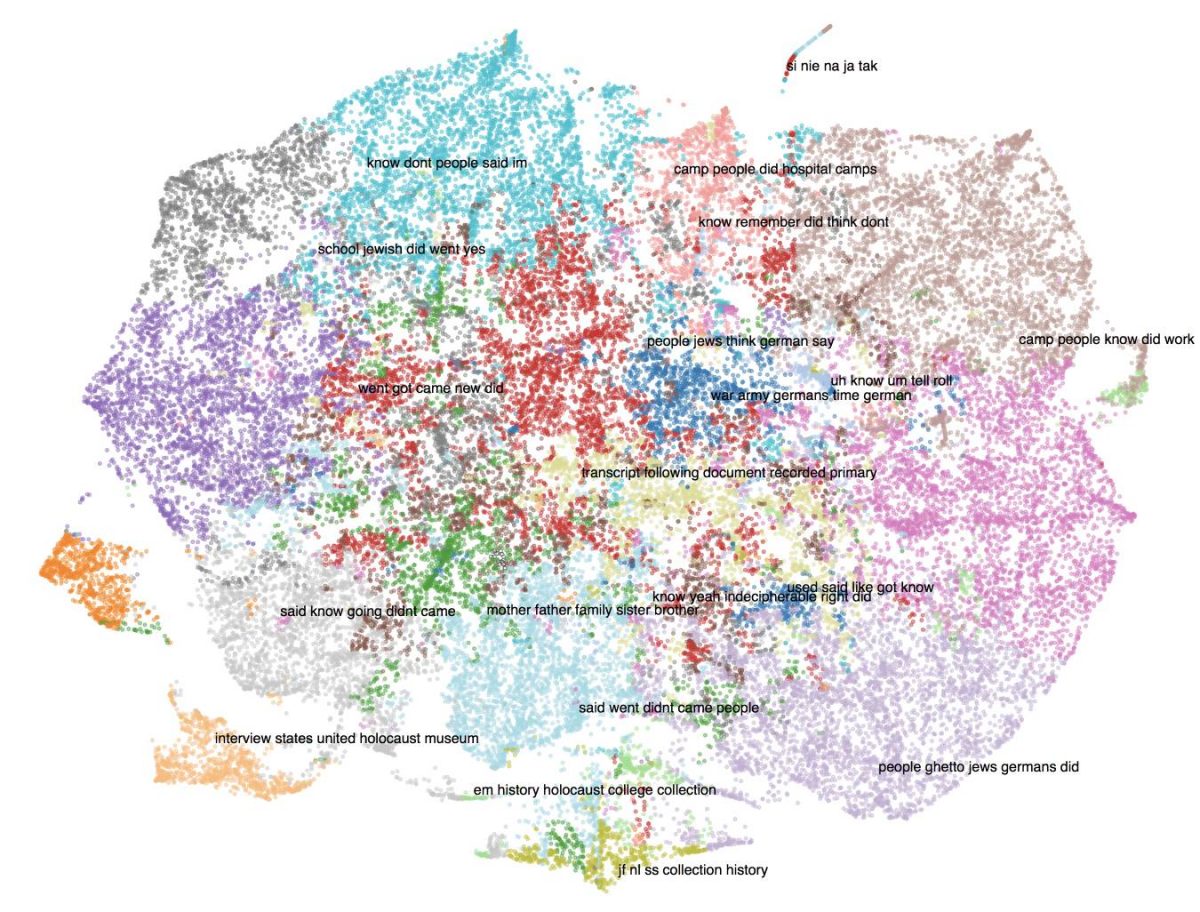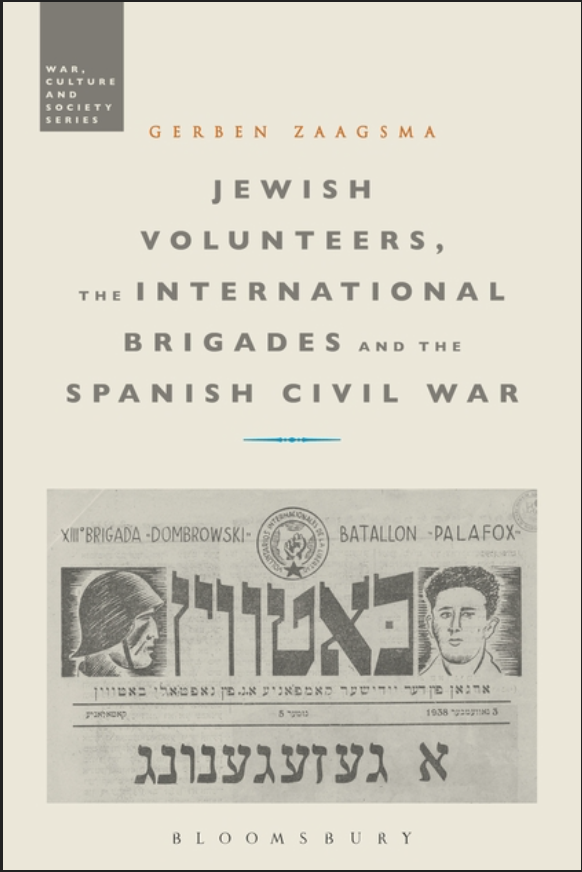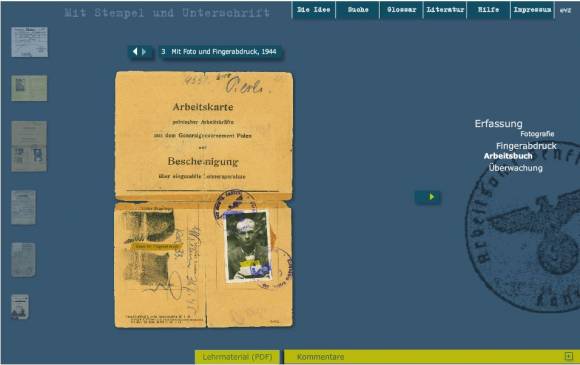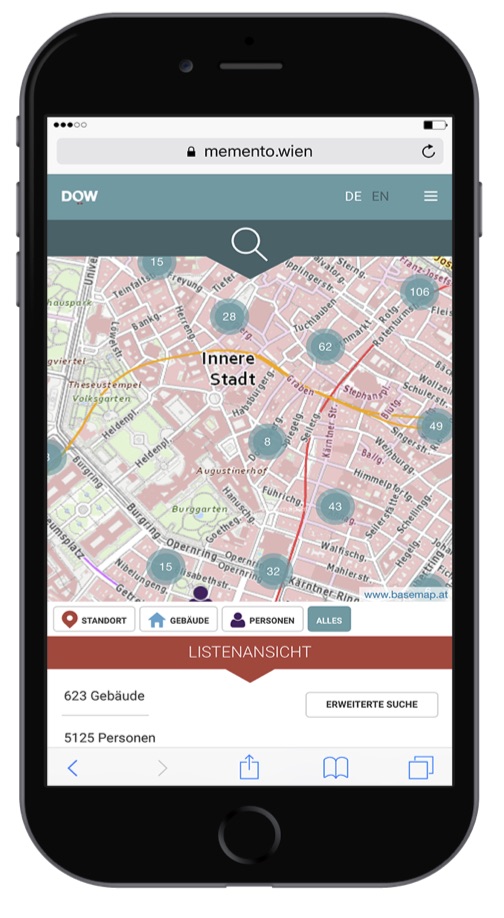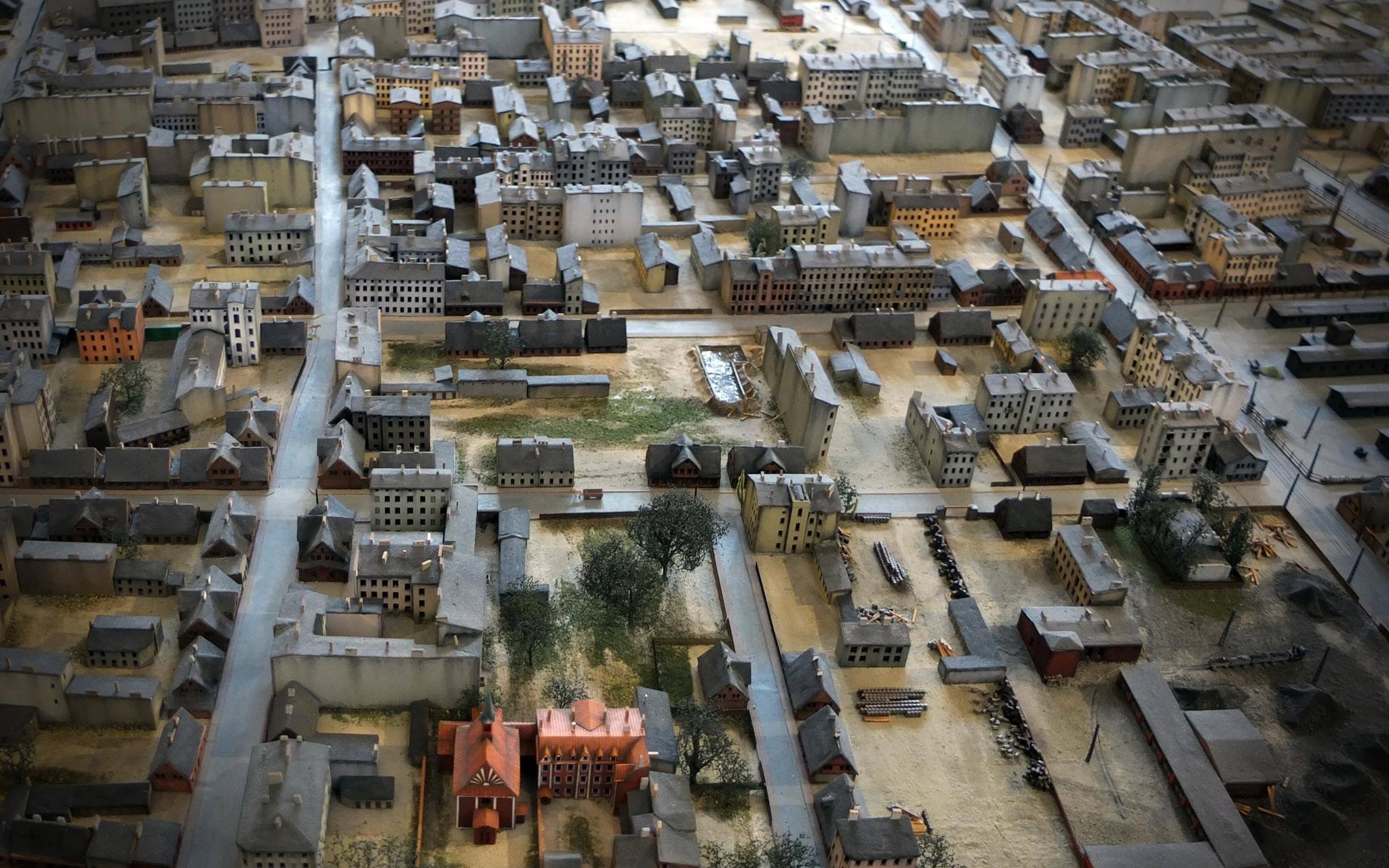ABSTRACT
Digital approaches to Holocaust research have led to a renewed interest in how researchers in the humanities work with material and use it as evidence for their work. Creating evidence by looking for connections and making links between events, people and places is key to all historical research. The most basic methods of generating evidence in history have changed with the digital transformation of archives and the scholarship linked to them. This paper investigates this digital transformation based on the experience of the European Holocaust Research Infrastructure (EHRI).
Issue ID: 13
August 2018
ABSTRACT
In January 2016, the EHRI project launched a Document Blog, an experimental space for project partners, historians and archivists to discuss and test new digital approaches to Holocaust documentation. As a work in progress, the blog allows not only to develop new methods and share ideas, but also to assess the needs and issues of at least a part of digitally engaged Holocaust scholars and archivists. Building on this experience, the proposed article will, apart from providing general information about the Document Blog and the technology used, discuss the platform from two perspectives.
From the Lone Survivor to the Networked Self
Social Networks Meet the Digital Holocaust Archive
ABSTRACT
Although concentration camps constituted a densely populated social world, historians still largely approach them as being composed of isolated individuals. This interpretative premise is sustained by the inherent linear organization of most audiovisual archives and the prominence of the individual survivor testimony as their organizing unit. However, taking the social relation rather than the individual and his/her testimony as the organizing principle of a rethought digital Holocaust archive leads to a more historically faithful understanding of the Holocaust survivor as a networked self. A pilot digital reconstruction of social networks of Jewish Holocaust survivors from the Greek city of Salonica/Thessaloniki demonstrates how the linear digital audiovisual archive can support the digital documentation of the multiple forms and structures of relatedness, thus helping historians better understand how Holocaust survivors managed to reconstruct a social universe in the camps and navigate within it under extremely adverse circumstances.
Ordinary Jews
Choice and Survival during the Holocaust
ABSTRACT
In 2018, the International Tracing Service (ITS) extends the online accessibility of further parts of its 30 million documents on the fate of Holocaust victims, of forced laborers and Displaced Persons. To support the understanding of this historical documentation the ITS developed a so-called e-Guide – an interactive tool for describing document types, their origin, the meaning of terms and the possible variations.
This paper introduces the concept thoughts behind the e-Guide and the first results. Using the Malariakartei as a practical example, the article will show how different user groups can benefit from the new digital guide.
Memento Vienna
How an Online Tool Presenting Digitized Holocaust-related Data and Archival Material is Offering New Insights into the Holocaust in Vienna
ABSTRACT
Holocaust research and archives are undergoing a digital transformation, most obviously seen in the digitization of primary sources. The increased volume of digital Holocaust-related archival content raises the question though of whether online availability of data is enough to ensure accessibility. New digital tools can play an important role in facilitating access to digital data and existing materials in different ways.
This article will give an insight into the ongoing work on Memento Vienna, an online tool that makes visible the last-known residence of Holocaust victims in Vienna and facilitates access to digital Holocaust-related archival sources such as documents and photographs with person-specific information via a Geographic Information System (GIS). The article argues that while the focus of such a digital tool lies in presenting information in new ways to broader audiences, these tools and the visualization of Holocaust-related archival material they facilitate can also be an important source for historical analysis. The article concludes by showing that Memento Vienna is not only an example of the role of new practical applications aimed at a younger generation in compiling and presenting data about the Holocaust, but also their use in offering historians new ways to interpret and analyze Holocaust-related data. The article in particular shows how the preliminary results of Memento Vienna, visualizing areas of ghettoization of Jews in Vienna, can help deepen the understanding of the policy of relocation for Jews before deportation.
Across Legal Lines
Jews and Muslims in Modern Moroco
ABSTRACT
The aim of the article is to present a historical mock-up (here based on Lodz ghetto model from Radegast Station) as one of the means currently used in museums to transmit knowledge in a modern way. Its purpose is to preserve memories about past events and places associated with them. A historical mock-up is not a museum artifact, but a modern object that tells a particular story. It captures topographical realities of a non-existing or transformed urban space and requires the use of maps, plans and archival photographs etc. This is an attempt to present the way in which a historical mock-up demonstrates how to combine elements of traditional exhibit, document repository and documentation center in Holocaust museum. At the same time, one has to consider whether a reconstruction of the ghetto model does not bring with it moral dilemmas. Do we have the right to recreate a ghetto? Are there any ways and means protecting us from “misreading” the model?
